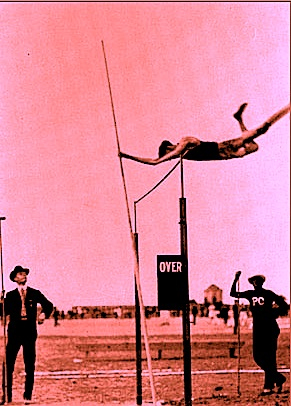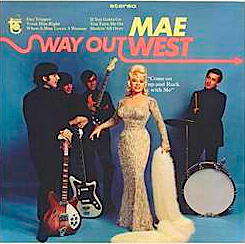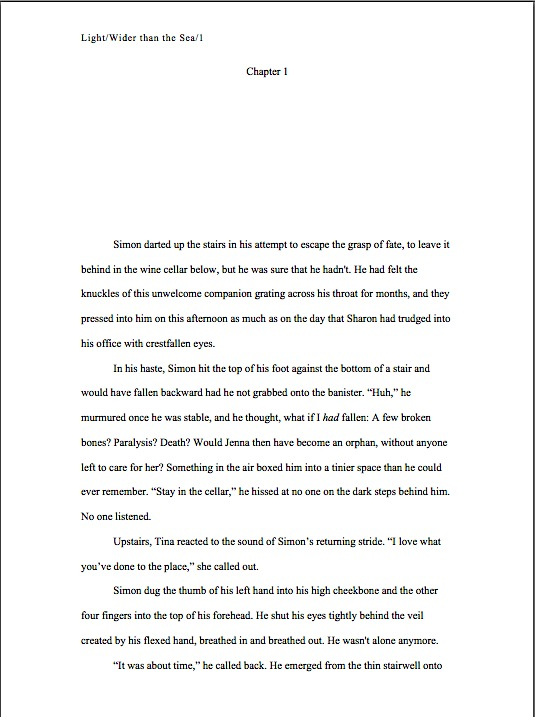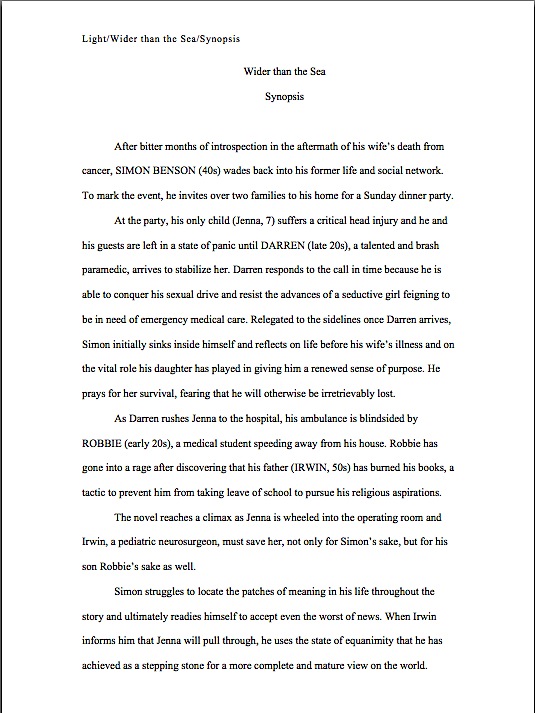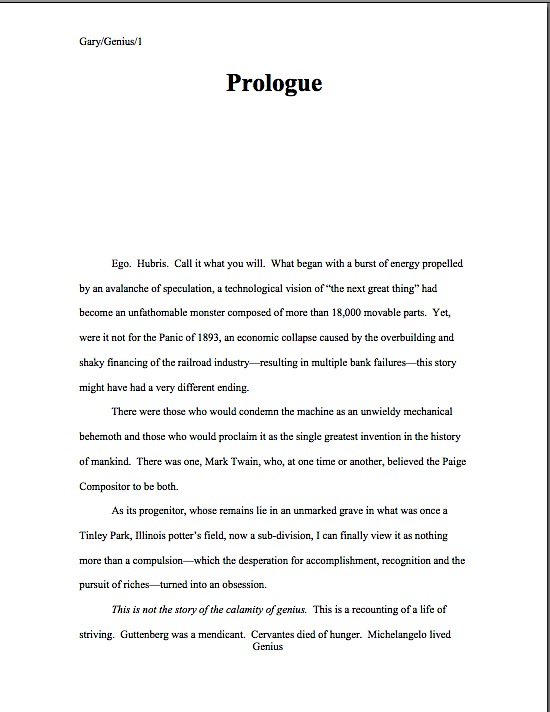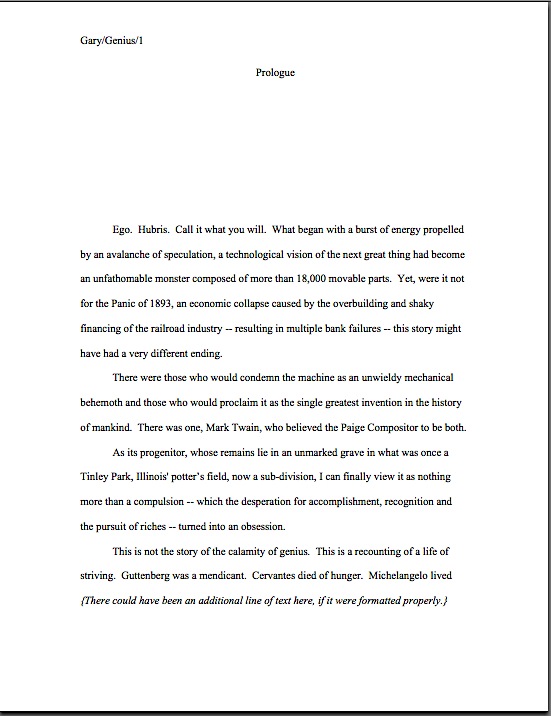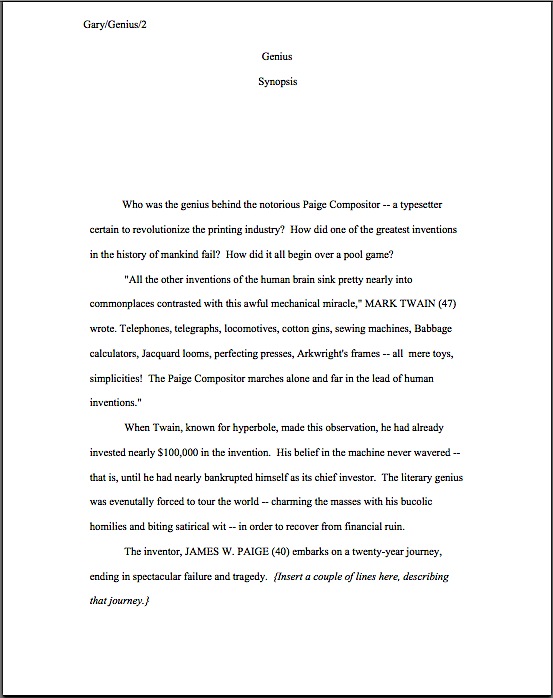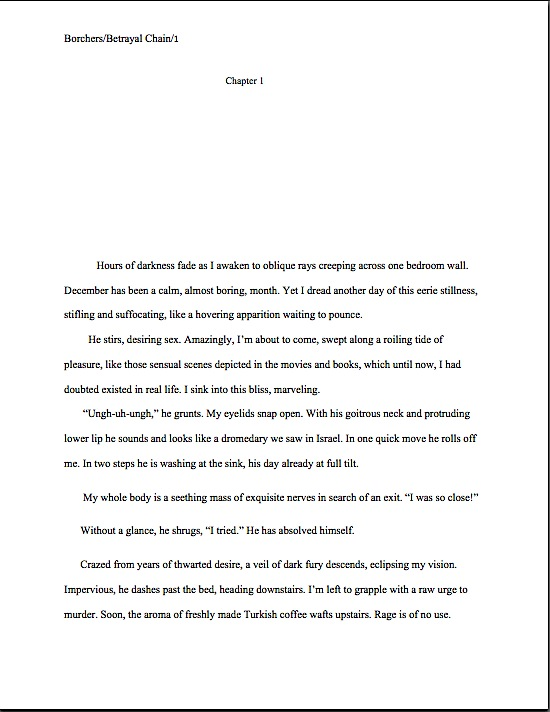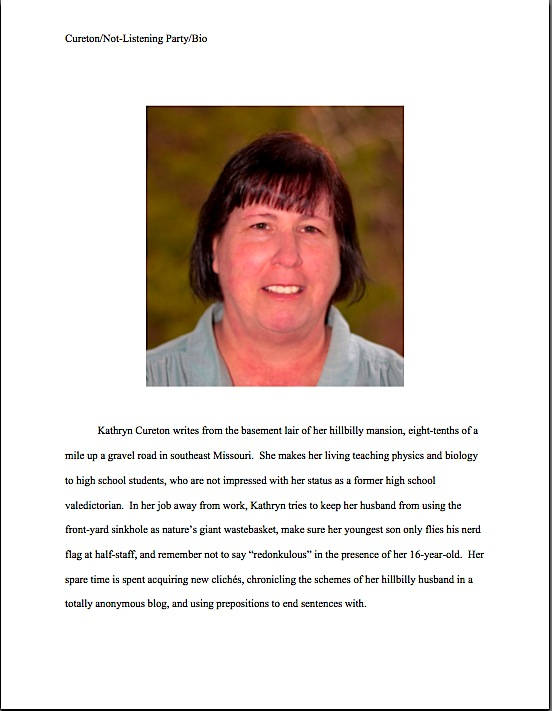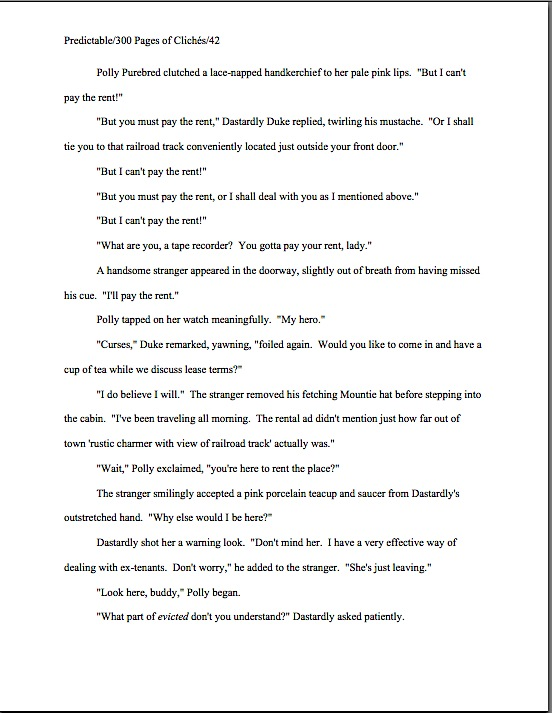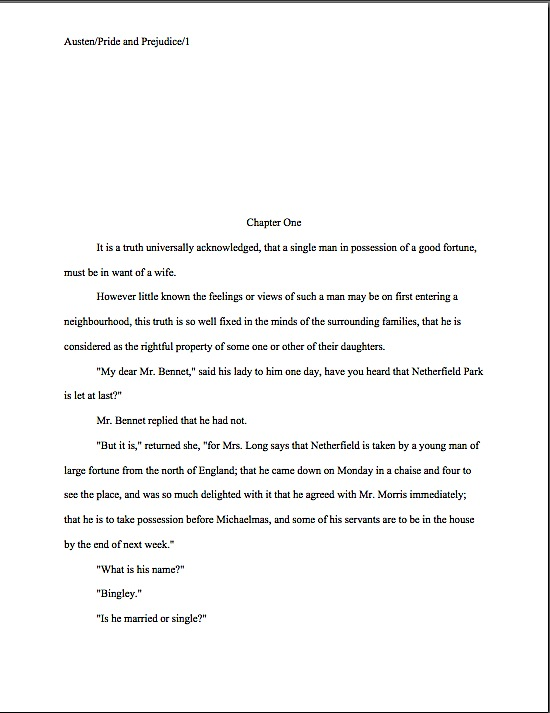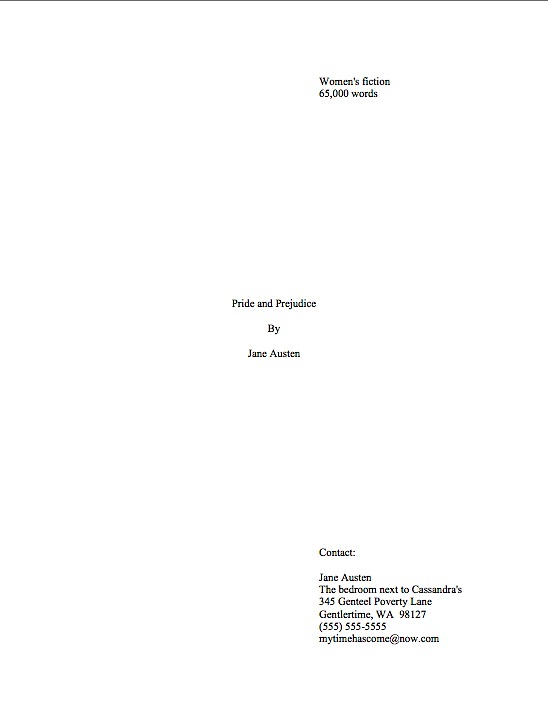Hello, campers —
I’m planning on posting a lovely, long post this evening, an in-depth answer to a reader’s intelligent question about writing clichés, but until the dark and no doubt stormy night allows me to suggest that perhaps you have all been wondering why I asked you all here, let me state here and now that the murder is — BANG!
Just kidding. Seriously, I’ve been swamped the last couple of days (speaking of editorial clichés), and I want to devote some serious time to this important and under-discussed topic. Rather than leave you pining for a fresh post another twelve or fifteen hours (or longer, should I decide to do something radical like take a nap before blogging next), I’m rerunning a post from last February. Not only does it strike me as a perfect lead-in to any discussion of hackneyed phrases and concepts, but it addresses an extremely common professional readers’ pet peeve: manuscripts that misappropriate or misuse the aforementioned well-worn tropes.
Oh, and I’m going to nag you a little on submission strategy first. So fasten your seatbelts, everybody — it’s going to be a bumpy night day. Enjoy!
Can we talk?
Actually, I’ve been meaning to bring this up for quite some time now, but the moment never seemed quite right. You were gearing up to send out a flotilla of queries, perhaps, or were intent upon getting a submission out the door. Maybe we were all focused upon how to prep a writing contest entry, a verbal pitch, or a synopsis.
In short, there always seemed to be something more pressing than having this painful discussion. But as your writing advisor and, I’d like to think, your friend, I just can’t stand around and watch you hurting yourself any longer without saying something. I say this with love, but you’ve been engaging in self-destructive behavior, behavior that is making it harder for you to land an agent, get published, and get your good writing in front of the readership it deserves.
Oh, I see you roll your eyes. It’s easy, isn’t it, to blame a system stacked against the new writer? But this is something you are doing to yourself, I’m afraid, something as lethal to your manuscript’s marketability as taking a match and setting it on fire instead of mailing it to the agent who requested it.
I refer, of course, to the average aspiring writer’s addiction to sending out requested materials without taking the time to proofread them — or having someone else proofread them.
I’m not even talking about the to-my-mind deplorable practice of submitting those pages before reading them IN THEIR ENTIRETY, IN HARD COPY, and OUT LOUD — although as I may have mentioned several hundred times before in this very forum, that’s the single best way to catch typos, dropped words, logic problems, half-revised sentences, and the fact that your protagonist’s hated coworker was called Tisha for the first 57 pages, Patricia in Chapters 4, 8, 17, and parts of 24, and Trish for the rest of the book. I’m talking about just assuming that a quick computerized spell-check will be sufficient because, hey, you’ve got a busy life.
Or, as is common with contest entries that need to be postmarked by a certain date and time, performing it when one is so tired that one inadvertently hits the REPLACE ALL button instead of IGNORE ALL. The result: 300 pages in which political coalitions are invariably described as political cotillions, leaving the poor judge in that historical fiction contest to wonder why nobody ever seems to be dancing.
Or, even more common, dispensing with even the computerized spell-check in your eagerness to get the pages a real, live agent has requested sent off before another sunset has passed. Never mind that Millicent the agency screener is unlikely to have any sympathy whatsoever for your unfortunate habit of consistently mistyping receive with the e and the i inverted, or the fact that somehow, you missed the day of English class when the difference between there, their, and they’re was clarified beyond any risk of future confusion. You had been working on that manuscript for years — you simply couldn’t bear to wait the additional few hours it would take to proof those requested pages.
Oh, it’s all quite understandable. Speaking as someone who reads manuscripts for a living and has served as a writing contest judge, however, it’s also completely understandable that a professional reader might reject those pages on the basis of all of those typos alone.
Yes, you read that correctly: it’s not at all uncommon for a professional reader to stop reading at the second or third typo, skipped word, or grammatical problem. So if you are not routinely proofreading your work before you submit it or enter it in a contest — or having some sharp-eyed soul do it — you may well be dooming your manuscript to rejection.
So I ask you: what are you actually gaining by not taking the time to make sure that your pages are clean?
A clean manuscript, for the benefit of those of you new to the term, is industry-speak for a manuscript completely devoid of misspelled words, grammatical gaffes, dropped words, incorrect punctuation, logic problems, formatting errors, clichés, or any of the many, many other small errors that make those of us trained to read for a living grit our teeth because we see them so very often. Indeed, Millicents and contest judges are often specifically instructed to consider seriously only clean manuscripts.
What happens to the rest, you ask with fear and trembling? They are subjected to the most common word in our Millie’s vocabulary: “Next!”
Why? Well, several reasons — and far better ones than you might expect.
The first and most straightforward: if a manuscript is riddled with errors, some luckless soul is going to have to fix them all before an agent could possibly submit it to an editor with any hope of placing it successfully. The same holds true for a submission to a publishing house: copyediting is very time-consuming and costs real money. And few literary contests will want their good names sullied by awarding top honors to an entry that looks as though the entrant conceived of it 24 hours before the contest deadline, typed it with fingers blurring across the keyboard, and ran panting to the post office three minutes before it closed.
Nobody, but nobody, likes to read a first draft. And I say that as a writer who once actually did pull together a literary contest entry — the first chapter of a book, synopsis, and entry form — in 23 hours and 32 minutes.
I won, too, despite the never-sufficiently-to-be-deplored typo on page 17. Do as I say, not as I did.
Why? Well, to a professional reader — like, say, Millicent, her boss the agent, the editor to whom the agent might conceivably sell your book, or a contest judge — all of these seemingly little writing problems are not merely the hallmark of a writer in a hurry or easily-fixed trivialities that merely mar the surface of the deep, deep pool that is a brilliantly-written story, annoying but not particularly important. They are a sign that the writer is not professional enough to realize that this is an industry in which spelling does in fact count.
Or that presentation in general counts. One of the hallmarks of an aspiring writer who has yet to learn much about how publishing works is an apparent belief that agents and editors sit around all day, casually reading through submissions and acquiring any that happen to catch their fancy.
“Oh, this writer has promise,” these fantasy pros murmur over their snifters of warm cognac as they leisurely turn pages, perched on intricately tufted chaise longues. “He can’t spell, but that’s easily fixed at the editorial stage. I’m so fascinated by this story and the voice in which it is written that I’m just going to ignore the fact that the writer clearly didn’t bother to read his own book. I’m going to read it until the very last word of the very last page before I make up my mind about it, but I have a strong feeling that the answer is going to be yes.”
I hate to burst anyone’s bubble, but that’s simply not how professional readers operate: they just don’t have time to read every submission in its entirety. Nor could they possibly take on every writing project that tickled their fancy. An agent or editor who routinely embraced projects without thinking about her ability to sell them would soon be out of a job, after all.
As a direct result, the fine folks who work in agencies and publishing houses look first for reasons to reject manuscripts, scouring each line for problems. Only those submissions that pass this scrutiny for hundreds of pages stand a chance of getting picked up. Even setting the bar this high, a well-respected agency or contest will still receive so many perfectly clean (or nearly so), nicely-written submissions that they can afford to reject everything else.
I sense some trembling hands tentatively raised out there. “What do you mean by scouring each line?” some of you quaver, thinking perhaps of that writing sample you entered into that online submission form without proofreading. “It would be impossibly time-consuming to read an entire manuscript that closely, especially with the high volume of submissions the average agency receives. Why, the only way they could possibly pull it off would be to stop reading when they encounter a problem, and move on to the next one.”
That’s precisely what they do. Oh, not necessarily at the first problem, but certainly before the fourth or fifth.
Was that great whooshing sound that just deafened us all the result of half of you gasping as you frantically tried to open your manuscript files to begin revising them? A clean manuscript suddenly sounds like a very, very desirable thing, doesn’t it?
That’s a smart orientation. The competition for those very few client openings at agencies — and even fewer new author openings at publishing houses — is unbelievably fierce, far too fierce to expect a charitable reading.
Millicent forms the first line of defense — I feel you cringing, but that’s how agents and editors think of her — against the blizzard of submissions battering against their mailroom doors. Even an agent unusually hungry for clients usually can take on only three or four a year. That means, in practical terms, that for every submission she approves, there are hundreds she or her Millicent must reject.
The same holds true for queries, of course. Except that for hundreds, substitute tens of thousands.
Fortunately for Millicent (but unfortunately for writers), most submissions honestly are self-rejecting. How so? Well, one of the most popular methods is by combining improper formatting with a few typos on page 1.
You know, the sort of thing that the combination of a little research into how the publishing industry works and a few minutes of proofreading would easily have caught. To Millicent, a writer who hasn’t put in the time to do either isn’t ready for the publishing world. The hypercritical way that professional readers scrutinize manuscripts might kill him.
Which is to say: a savvy writer expects her future agent and editor to expect a completely clean manuscript every time. Yes, even when the writer has only three weeks to revise the last quarter of the book because a new editor has just taken over the project from the acquiring editor, and the newbie has some exciting new ideas about plot resolution.
Oh, it happens. To an agent, a good client is a flexible client.
Which brings me to another excellent reason Millicent is specifically trained to regard a clean manuscript as the minimum requirement for serious consideration: a client who does not proofread (or possess the skills to do it well) is inherently more time-consuming for an agency to represent than one who habitually produces clean manuscripts. While an established author can get away with being high-maintenance, one trying to break into the biz for the first time cannot.
Oh, an agent expects to hold a new client’s hand a little; submitting to publishing houses can be a long, drawn-out, and extremely stressful process. But if that client cannot be relied upon to provide the agent with clean pages, who is going to end up proofing them?
The agent, that’s who. See why she might instruct her Millicent to select clients likely to spare her the trouble? Or why if the writer hasn’t bothered to read this manuscript, why should I? is such a common mantra amongst professional readers?
Or, to be blunt about it, why I saw fit to stage an intervention for those of you who aren’t already scrutinizing your submissions to prevent them from falling into this most common of self-rejection pitfalls?
To be fair, though, not all rejection-triggers would necessarily turn up in a quick proofreading — or even when reading a manuscript IN ITS ENTIRETY, IN HARD COPY, and OUT LOUD. Often, for instance, writers new to the game will miss another of Millicent’s pet peeves, the use of clichés.
Or, an even surer professional reader-annoyer, the misuse of clichés.
That caused some of you to do a double-take, didn’t it? “But Anne,” you cry, rubbing your sore necks, “isn’t a misused cliché not a cliché, by definition? Doesn’t it at least have the charm of surprise?”
Yes and no, in that order — to professional readers, at least. Allow me to explain.
Since so many aspiring writers are under the mistaken impressions that (a) dialogue in a book should read precisely like conversations in real life, despite the fact that most real-world conversations are so repetitious that they would plunge readers into profound slumber, (b) a narrative voice should sound like the way someone might actually talk, regardless of whether the narration is in the first person or not, and/or (c) an essential tactic for achieving either (a) or (b) is to incorporate those pat little catchphrases most speakers use into one’s writing, discovering clichés on the submission page is the norm, not the exception.
Because writers who embrace (a), (b), or (c) believe — and with some reason — that there is inherent virtue in echoing everyday speech, they usually don’t think of these common phrases as clichés. Let’s take a gander at a few dozen of them in action.
Jeremy strode through the door, bold as brass. “Hey, Mom. It’s raining cats and dogs out there.” He mussed little Tad’s hair as he passed; the boy was glued to the family’s pride and joy, the new black-and-white TV. “Hey, shrimp. Where’s the beef?”
“Blow it out your ear,” Tad snarled without taking his eyes off the nine-inch screen. His Davy Crockett cap had slid off his head onto his cowboy suit. His discarded hula-hoop rested on top of the crumpled Twister set and a signed photo of Marilyn Monroe. “And sit on it. It’s almost Howdy Doody time.”
Betsy rolled her eyes, gritted her teeth, and shrugged her shoulders. Playing host family to a time-traveling teen from 1984 wasn’t as easy as pie, despite what the brochure had promised. But then, you couldn’t believe everything you read. Let the buyer beware. “Does that mean it’s time to put on the feedbag? I’ve been slaving over a hot stove all day, waiting for you to traipse through that door.”
Jeremy had already tuned her out: his Walkman, whatever that was, was turned up too high. One day, she was going to smack him upside the head and give him a piece of her mind.
“You’ll go deaf from all that noise,” she shouted at him. “And don’t sit so close to the TV, Tad; you’ll ruin your eyes. My goodness, if I had a dime for every time I’ve told you…”
Jeremy rolled his eyes like James Dean, as all the kids seemed to be doing these days. He seemed to expect the world — or at least his supper — to be handed to him on a silver platter. When she was a girl, walking to school through three feet of snow, year in, year out, rain or shine, come hell or high water, without fail, her mother would have given her what for if she had flounced into the house like a movie star. Just who did he think he was?
“Just wait ’til your father gets home,” she muttered under her breath.
Granddad shuffled into the kitchen, shoving his false teeth into his mouth, clutching his low-hanging pants, and longing for the return of the Taft Administration. “Is dinner ready yet? I’m starved.”
She sighed, mopping her weary brow. “There’s only so much I can do. I only have two hands. I do and do and do for you people, and this is the thanks I get. A woman’s work is never done.”
The old man caught sight of Jeremy. “Looking sharp, kiddo.” When the boy did not respond, Granddad lifted a speaker from his ear. “Think you’re the cat’s meow, don’t you, you young whippersnapper?”
“Hey, chill.” Jeremy took off his headphones before the old man messed up his ‘do. “You look mahvelous.”
“Marvelous,” Betsy corrected under her breath. “I have such a headache, Dad. The kids have been running me ragged.”
“You think you have a headache? Back in my day, we had headaches.” Granddad peered through the window. “‘Bout time we had some rain. Sure do need it.”
“We sure do,” she agreed, mopping her brow, nodding her head, and nervously playing with her apron while the clouds rolled by. It looked like stormy weather. Still, she could look for the silver lining and the pot of gold at the end of the rainbow. Every time it rained, it rained pennies from heaven. “I’ve been worried sick about Jeremy. Could you find out where he has been while I set the table, since I don’t have a daughter to do it for me, and I can’t ask either of the boys to do it in this time period?”
“Boys will be boys.” Granddad shuffled back to Jeremy. “Where have you been, son? Jitterbugging at the malt shop to that newfangled jazz? Doing the Charleston with some flibbertigibbet with rouged knees and a beaded dress?”
“You should come clubbing with me sometime, Granddad. We are two wild and crazy guys.”
Tad’s curly head popped up behind the couch. “Isn’t that misplaced cultural reference from the 1970s?”
“Mind your own business,” Jeremy growled. “Sometimes, you just gotta say…”
Had enough? Millicent has — and did, by the middle of the second paragraph.
Stock phrases are problematic on the page for much the same reasons that standard polite exchanges are. They’re predictable, and because everyone does say them, a character’s uttering them does not reveal anything about his emotional state, mental gymnastics, or even the situation at hand. (Sorry — once one starts generating hackneyed phrases, it’s hard to stop.)
Oh, hadn’t I mentioned that polite chitchat is also a common type of cliché? Because literally anyone might say these phrases, they are the opposite of character-revealing. Take a gander:
“Why, hello there, Gladys,” Ambrose said. “How are you today?”
“Fine. How are you?”
“Fine. How is your husband, Terrence, and your four children, Maude, Eleanor, Franklin Delano, and Frances? All well, I trust.”
“Yes, fine. How’s your cocker spaniel, Macguffin?”
“Oh, fine, fine. Nice weather we’re having, isn’t it?”
“Very. We could use some rain, though.”
“Sure could use it.”
“Sure could. Ah-choo!”
“Bless you.”
“Thank you.”
“Still have those nasal allergies, eh? They must be quite annoying.”
“Oh, they’re not so bad. At least I don’t have toe fungus.”
“Thank goodness for that. May I hold the door for you? Ladies first.”
“Thanks. Watch out for that puddle.”
“I appreciate your telling me. I wonder how it got here, considering that we haven’t had any rain. O day and night, but this is wondrous strange!”
“And therefore as a stranger give it welcome. There are more things in heaven and earth, Ambrose, than are dreamt of in your philosophy. But come, here, as before, never, so help you mercy, how strange or odd soe’er I bear myself, as I perchance hereafter shall think meet to put an antic disposition on, that you, at such times seeing me, never shall, with arms encumber’d thus, or this headshake, or by pronouncing of some doubtful phrase, as ‘Well, well, we know,’ or ‘We could, an if we would,’ or ‘If we list to speak,’ or ‘There be, an if they might,’ or such ambiguous giving out, to note
that you know aught of me: this not to do, so grace and mercy at your most need help you, swear.”“Whatever you say, Gladys.” Ambrose tipped his hat politely. “Have a good day.”
“You, too, Ambrose.”
Okay, so I got bored enough to throw a slight twist in there. But see how stultifying all of that politeness is on the page?
Once again, I spot some timid hands in the air. “But Anne, isn’t this just what nice people say? And if I want the reader to like my protagonist, don’t I need to show that he’s polite, rather than telling it by some such statement as Nate was a polite guy?”
If you really want to induce Millicent to take a shine to ol’ Nate, I would strongly suggest that you do neither. Most readers will come to dislike a protagonist who bores them, not matter how nice his words or actions are. Since Millicent is paid to get bored a whole lot faster than the ordinary reader (see earlier comments about weeding out as many submissions as possible), her threshold of impatience with nondescript polite conversation is exceedingly low.
I wouldn’t push it. Instead, why not have Nate win her heart by doing and saying unexpected kind things?
“Okay, Anne,” those of you prone to flinging your hands skyward concede reluctantly. “I can see why I might need to trim both the stock phrases and purely polite exchanges. But weren’t you going to tell us about misused clichés?”
Ah, yes, I was, campers; thank you so much for reminding me. And how’s your mother doing?
No, but seriously, folks, while stock phrases bore professional readers, misstatements of these same phrases tend to drive Millicent into apoplexy. While such clichés as it’s a dog-eat-dog world, take another tack, and I couldn’t care less often — and incorrectly — turn up in conversation as it’s a doggie-dog world, take another tact, and the irritatingly immortal I could care less, the only reason to use the incorrect versions on the page would be to make the character saying them seem ignorant, right?
Right? Anyone out there?
Even ironic use is dangerous, though: because Millicent sees these misstatements so often, she’s likely to have a knee-jerk reaction to their appearance. And it’s hard to blame her, isn’t it? Not only do these phrases imply that the writer has a rather poor ear for dialogue, but even had these tropes been rendered correctly, they would still be hackneyed phrases, and thus unoriginal.
Call me zany, but don’t you want Millicent to judge you on your writing, rather than someone else’s?
Then, too, misstated clichés often reveal a fundamental misunderstanding of the meaning of the original. What would a doggie-dog world look like, anyway? Why bother to mention that someone could care less than he currently does? And while taking a different tack while sailing makes some sense as a metaphor, what would taking a different tact involve? Diplomacy in another language?
My favorite example comes by way of a roommate of mine in graduate school, a young lady who had grown up without a television in the house. She loved stock phrases, but she was perpetually getting them wrong.
“What do you mean, you wouldn’t touch it with a 100-foot pole?” I would cackle. “The standard length is ten. How would you even lift a hundred-foot pole?”
She was also prone to misapplying such metaphors. “I can’t find my keys,” she would say. “They’re like a needle in a haystack.”
“I wish you would tell me how,” I would say, lifting the sofa cushion under which her personal items so often worked themselves. “Not everything that’s lost is like a needle in a haystack, you know.”
She would look as startled as a deer in the head lice. “It isn’t?”
Okay, so perhaps there were some undiagnosed mental health issues involved. And now that I see it in print, as startled as a deer in the head lice may well be my new favorite faux cliché. It’s actually quite evocative of panic, is it not?
But you see the overall point, right? A misused familiar term may well produce a laugh, but even if you are writing comedy, you might want to use it sparingly. In submissions, misappropriated clichés often result in bad laughter, a chuckle at the expense of the story, a giggle that the author did not intend.
Now that you know what such misstatements look like individually, let’s revisit our first example, so you may see how and why they might annoy Millicent on the page.
Jeremy scrod through the door, bold as copper. “Hey, Mom. It’s raining cats and ducks out there.” He missed little Tad’s hair as he passed; the boy was taped to the family’s pride and happiness, the new black-and-white TV. “Hey, petunia. Where’s the mutton?”
“Blow it out your nose,” Tad snarled without taking his gaze off the nine-inch screen. His Daniel Webster cap had slid off his head onto his sailor suit. His discarded Pet Rock rested on top of the Pong remote and a signed photo of Theda Bara. “Sit on something. It’s almost time for the Miniskiteers.”
Betsy rolled her mouth, gritted her ribs, and shrugged her arms. Playing host family to a time-traveling teen from 1984 wasn’t as easy as cake, despite what the brochure had promised. But then, you couldn’t believe everything. Let the biller beware. “Does that mean it’s time to don the fedbag? I’ve been praying over a hot stove all day, waiting for you to lapse through that door.”
Jeremy had already turned her out: his Walkmen, whoever they were, were turned up too high. One day, she was going to smack him beside the head and give him a place of her mind.
“You’ll go deaf from all that sound,” she shouted at him. “And don’t sit so close to the TV, Tad; you’ll ruin your posture. My goodness, if I had an orangutan for every time I’ve told you…”
Jeremy rolled his cigarette like James Dean, as all the kids seemed to be these days. He seemed to expect the world — or at least his supper — to be handled to him on a silver tray. When she was a girl, walking to school through three inches of snow, year in, bear out, rain or more rain, come Milwaukee or high water, without failure, her mother would have given her what for it if she had flounced into the house like a movie preen. Just who did he think he could be?
“Just wait ’til your father gets here,” she muttered under her breathe.
Granddad snuffled into the kitchen, shoving his false teeth into his and clutching his low-hanging tie. “Is dinner prepared yet? I’m staved.”
She sighed, mopping her weary hair. “There’s only so many I can do. I only have two hand. I do and do and do and do and do for your people, and this is the thanks I git. A woman’s work is never down.”
The old man caught sight of Jeremy. “Looking bark, kiddo.” When the boy did not respond, Granddad lifted a speaker from his ear. “Think you’re the cat’s leisure suit, don’t you, you young whipperstinger?”
“Hey, take a bill pill.” Jeremy took off his headphones before the old man messed up his ‘roo. “You look mahvelous.”
“Marvelous,” Betsy corrected under her breath. “I have such a backache, Dad. The kids have been running me rugged.”
“You think you have an ague? Back in the day, we had agues.” Granddad peered through the window. “‘Bout time we accumulated some significant rainfall. Sure do need it.”
“We sure do,” she agreed, mopping her blow, nodding her head, and nervously playing with her ape while the clouds rolled near. It looked like stormy seasons. Still, she could look for the silver pining and the pot of gold at the end of the rainblow. Every time it pains, it pains good fortune. “I’ve been worried ill about Jeremy. Could you find out where he has been while I set the table with silverware, plates, and gasses?”
“Boys well be boys.” Granddad sniffled back to Jeremy. “Where have you been, son? Jitterbeetling at the salt shop to that newfinagled bock-and-roll?”
“You should come with me sometime, Granddad. We are two wild and lazy guys.”
Tad’s curly head popped up behind the couch. “Isn’t that misplaced cultural reference from the 1970s?”
“Mind your own bees’ honey,” Jeremy growled. “Sometimes, you just gotta say what the Buick…”
Have I made my point yet, or do I need to keep greeting that red horse?
In the days to come, I shall be going over more seemingly small Millicent-irritants. Not the big stuff, mind you, but the tiny, niggling narrative choices that make her teeth…well, I was going to say grind, but that would be a cliché. Once you are aware of precisely how and why these tidbits annoy the pros, you may keep an eye out for them while you are proofreading.
That’s while, right, not if? Keep up the good work!
